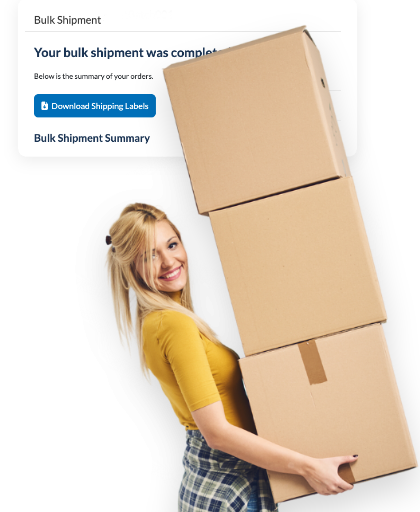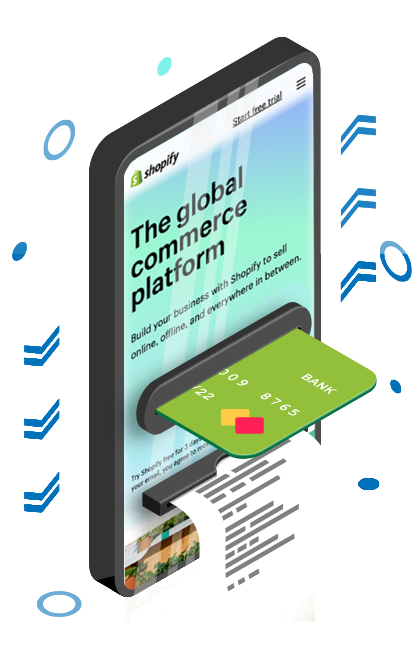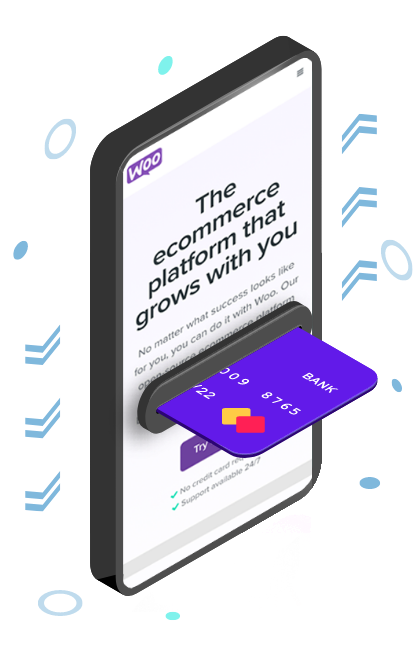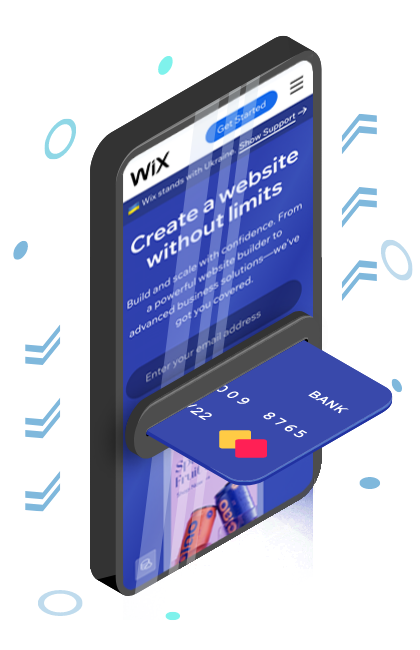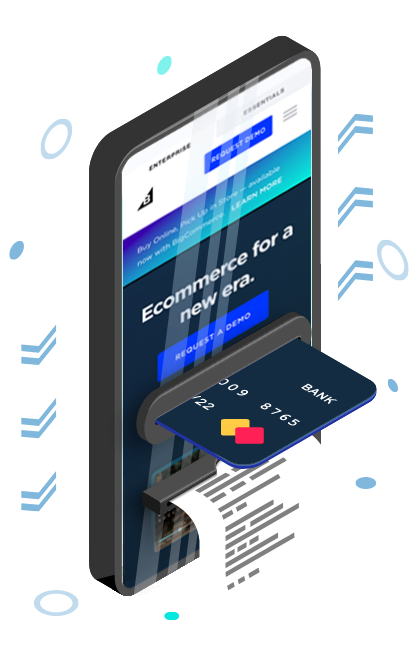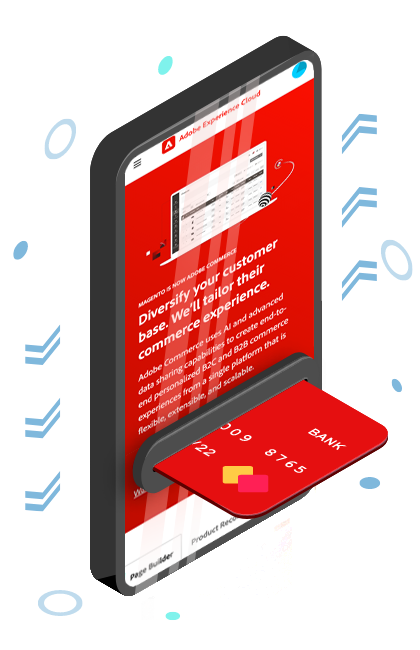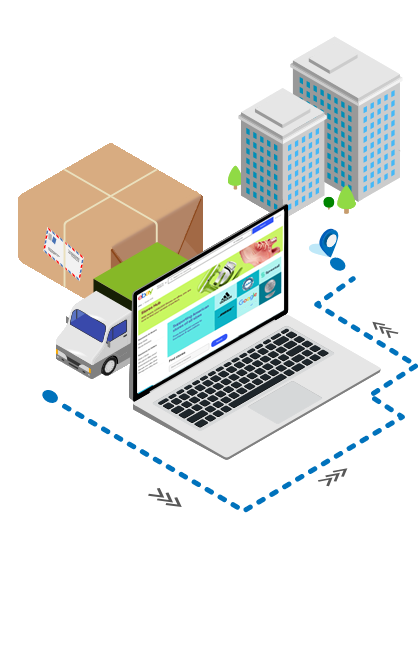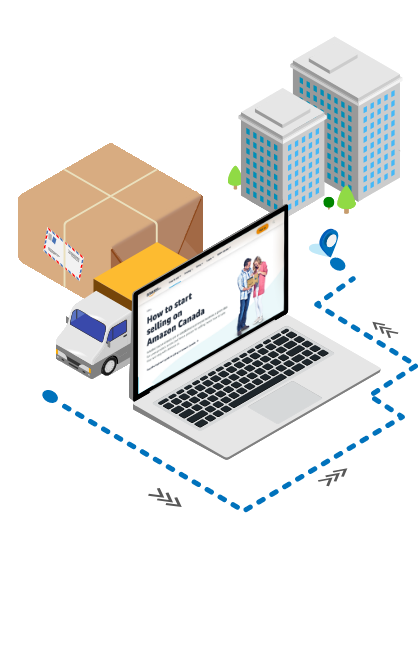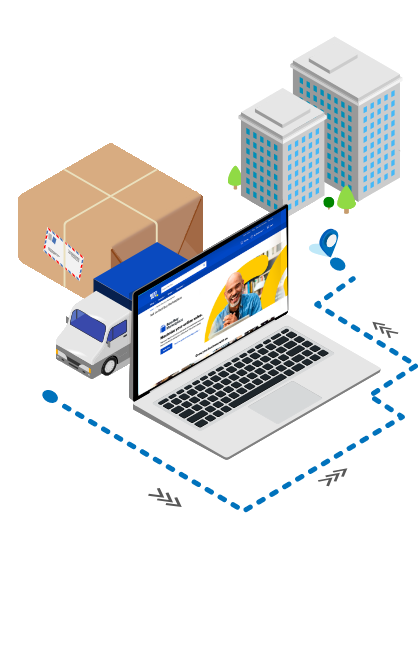Mastering Multi-Channel Shipping with ClickShip

Multi-channel eCommerce is a powerful strategy for businesses to expand their reach and increase sales. By selling products across multiple sales channels, such as dedicated eCommerce storefronts and various online marketplaces, businesses can tap into a larger customer base and drive more revenue.
With ClickShip's tools and features, this process becomes even easier and more efficient.
Find out how ClickShip's tools can revolutionize your multi-channel eCommerce strategy, streamline your eCommerce fulfillment process, and help you broaden your business’ scope with better shipping.
The Benefits of Multi-Channel eCommerce
One of the key benefits of multi-channel eCommerce is the ability to diversify your revenue streams.
By selling on different platforms, you are not solely reliant on one channel for sales. This can help mitigate the risk of relying too heavily on a single platform and protect your business from potential disruptions or changes in the market.
Another benefit is the opportunity to reach new customers. Different sales channels attract different demographics and target markets. By expanding your presence across multiple channels, you can reach a wider audience and attract customers who may not have discovered your products otherwise.
Lastly, multi-channel eCommerce can improve customer satisfaction. By offering your products on various channels, you provide customers with more options for purchasing. They can choose the channel that is most convenient for them, whether it's a marketplace they frequently shop on, your own business’ dedicated storefront, or even a social media platform they engage with regularly. This flexibility enhances the customer experience and increases the likelihood of both new conversions and repeat purchases.
Common Challenges in Multi-Channel Fulfillment
While multi-channel eCommerce offers numerous benefits, it also comes with its own set of challenges when it comes to shipping.
One common challenge is the complexity of managing orders and logistics across multiple platforms. Without a centralized system, businesses may struggle to keep track of orders and ensure accurate fulfillment.
Another challenge is the potential for shipping errors and delays. When shipping products from different locations to customers across various channels, it becomes more difficult to maintain consistent shipping standards and meet customer expectations. This can result in negative reviews and customer dissatisfaction.
Lastly, customer communication can be challenging in a multi-channel shipping environment. With orders coming from different platforms, it can be difficult to provide consistent updates and respond to customer inquiries in a timely manner. This can lead to customer frustration and a decline in customer satisfaction.
How ClickShip Solves Multi-Channel Shipping Issues
ClickShip offers a comprehensive solution for businesses looking to expand into multi-channel eCommerce with multi-channel shipping. With its advanced tools and features, ClickShip streamlines the fulfillment and shipping process and simplifies order and inventory management.
One of the key ways ClickShip solves multi-channel shipping issues is through its centralized platform. Businesses can connect all their sales channels to ClickShip, allowing them to manage orders, facilitate shipments, and track shipments from one convenient all-in-one platform. This eliminates the need to switch between different platforms and reduces the risk of errors or oversights.
ClickShip also addresses the challenge of shipping errors and delays. We partner with the most trusted pallet and parcel shipping carriers in North America, allowing businesses to compare shipping rates, choose the most cost-effective option, and generate and print up to 100 shipping labels at once directly from the platform. This ensures consistent shipping standards and enables businesses to fulfill orders quickly and accurately.
ClickShip also offers real-time rates at checkout with several of our integration partners, meaning your customers can choose the shipping rates and level of service that best suit their needs right at your storefront’s checkout.
In terms of customer communication, ClickShip offers robust order tracking and notification features. Businesses can provide customers with real-time updates on their shipments, reducing the need for customer inquiries and improving overall satisfaction.
For an additional touch, ClickShip users can also use our Advanced Custom Branding feature to add their business’ branding to custom tracking pages and update emails.

Best Practices for Mastering Multi-Channel Shipping
To make the most of multi-channel shipping with ClickShip, consider the following best practices:
1. Choose the Right Sales Channels
Research and select the platforms that align with your target audience and product offering.
2. Optimize Product Listings
Ensure your product listings are well-written, visually appealing, and optimized for each sales channel.
3. Sync Inventory Regularly
Schedule regular audits and manual updates to keep inventory levels accurate.
4. Monitor Performance Metrics
Track key performance indicators (KPIs) such as sales, conversion rates, and customer satisfaction to identify areas for improvement.
5. Provide Excellent Customer Service
Respond promptly to customer inquiries, address issues quickly, and strive to exceed customer expectations.
6. Continuously Optimize
Regularly review and adjust your multi-channel strategy based on data and feedback to maximize results.
ClickShip is Your Customer Experience Solution Across All Storefronts
ClickShip’s all-in-one platform integrates seamlessly with the leading eCommerce platforms and online marketplaces to give you access to discounted rates on parcel and pallet shipping from the most trusted carriers in North America, as well as a robust suite of shipping and fulfillment tools to help streamline your order management, all for zero upfront or monthly fees!
Contact one of our shipping experts and let ClickShip help you expand your eCommerce reach with less hassle!

Written by Brandon Draga
Brandon Draga is a full-time content writer at Freightcom, the leading shipping solution for businesses in Canada. When Brandon is not writing content to help businesses with their shipping needs, he can be found at local skate parks or writing fantasy novels.
Learn how ClickShip can help speed up your fulfillment process with our innovative, all-in-one shipping solution.
Focus on running your business. We’ll ship orders for you — as soon as they come in.






